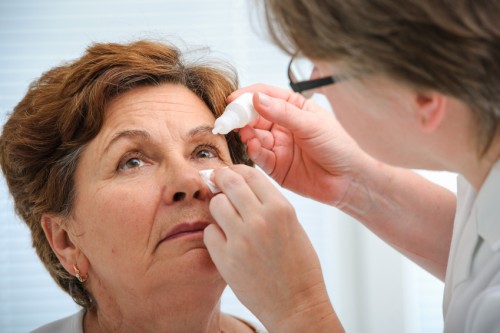Largely due to the discomfort and inconvenience of dilation, many people put off visiting their optometrist for regular comprehensive eye exams. The process involves eye drops that dilate the pupils, causing blurred vision and light sensitivity for some time after the exam. The reason for pupil dilation is so the optometrist can see through the eye to the retina to try to detect problems or diseases as early as possible. Fortunately for many, optomap® allows eyecare providers to perform a non-dilated, complementary eye exam has made these critical exams possible without having to dilate the eyes.
In our efforts to be the retina company, Optos has developed ultra-widefield retinal imaging technology that does not require dilation eye exams, but still gives your eye care professional a 200 degree image of your retina. Many eye diseases cause permanent damage before you notice any symptoms and the ability to view 200 degrees of your retina means your doctor can detect, diagnose and treat any findings, earlier.
Hopefully your eye care professional don’t find anything wrong with your retina during your exam, either way your optomap image becomes a part of your patient file, so it can be compared to your future optomap eye exam to see if there have been any changes.
Be sure that you and your family have regular comprehensive eye exams including optomap to maintain optimal eye health and vision.
